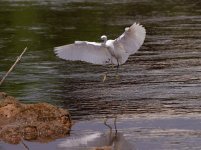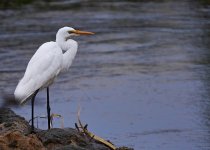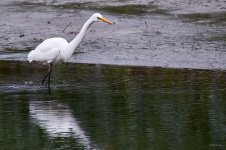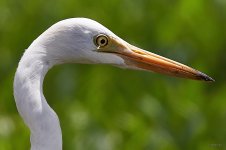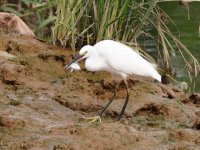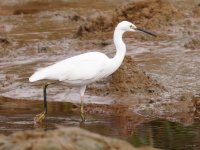dixonlau
Well-known member

Hi, I'm new here from Malaysia. I have hard time confirming the identity of Egret. I'm still new in birding.
The following photos (same egret) taken few days ago (October 2019) in Sarawak, Borneo. The area are freshwater river mouth. Often there are various mixed Egrets together (only just found out recently when trying to confirm its identity). However, I will stick to this one same Egret first. Often I get confused between Chinese/Great/Intermediate/Little Egrets.
This is same egret in various angle shots. Based on my own understanding, this could be Chinese/Great Egret. However, it could be Intermediate? Also it is in Breeding plumage right? One of the photo can clearly see its feet color.
Any help would be greatly appreciated. If you need any further information, please feel free let me know. Thanks.
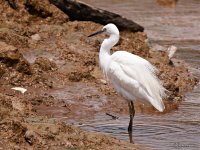
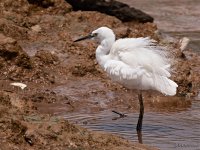
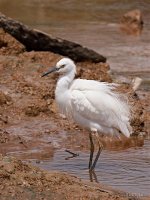
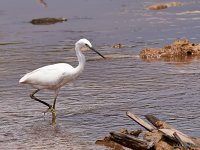
The following photos (same egret) taken few days ago (October 2019) in Sarawak, Borneo. The area are freshwater river mouth. Often there are various mixed Egrets together (only just found out recently when trying to confirm its identity). However, I will stick to this one same Egret first. Often I get confused between Chinese/Great/Intermediate/Little Egrets.
This is same egret in various angle shots. Based on my own understanding, this could be Chinese/Great Egret. However, it could be Intermediate? Also it is in Breeding plumage right? One of the photo can clearly see its feet color.
Any help would be greatly appreciated. If you need any further information, please feel free let me know. Thanks.








